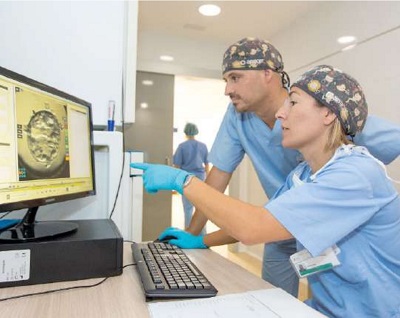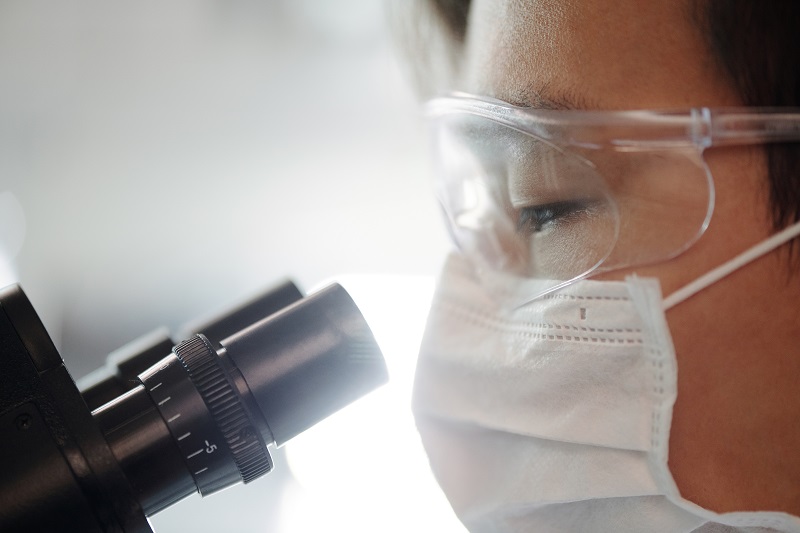A key player in assisted reproduction
The laboratory team plays an essential role at assisted reproduction centres. In particular, clinical embryologists are key players, since they work continuously with gametes and embryos. Embryologists are professionals who specialise in assisted reproduction and have the training necessary to this kind of work. Their professional training begins with a university degree in fields related to the biological sciences, and then continues with specific theoretical and practical training that complements their professional training. Their clinical training continues with the further expansion of their expertise and participation in different scientific studies and conferences.
Different kinds of work are done routinely in the laboratories of our reproduction centres:
- Semen analysis (complete seminogram and sperm washing), semen freezing, DNA fragmentation index, MACS, FISH, etc.
- Intrauterine insemination is a relatively simple technique in which the embryologist washes the couple’s or the donor’s sperm sample, thereby obtaining the best quality sperm for the gynaecologist to transfer to the woman’s uterus.
- In in vitro fertilisation (IVF), the embryologist looks for and retrieves the oocytes in the follicular fluid obtained from the ovarian puncture and places them in specific culture media until they are used for insemination.
- The insemination of the oocytes may be done by suspending them in a particular concentration of previously washed sperm – as in classic IVF – or by intracytoplasmic sperm micro-injection (ICSI), which implants a single sperm inside each mature oocyte by means of a micropipette. This requires an inverted microscope and a very small-calibre glass pipettes.
- Once the fertilisation is effected, over the following days each of the development processes of the embryos is closely observed, including assessment of the fertilisation, development of early embryos and development of late embryos until the embryo is transferred on the day that the team considers most suitable.
Embryo selection

Different factors will be taken into account when assessing the embryos, including the identification of morphological characteristics during different days of culture, and anomalous events, rhythms and characteristics of the cell division, morphokinetics using time-lapse technology. This way, the best embryos are studied and selected for transfer or vitrification, depending on the case or the patients.
When transfer is carried out, the embryologist loads the embryo into a catheter and transports it to the gynaecologist so that they can access the woman’s uterus and, guided by ultrasound, implant it in the upper third of the uterine cavity.
While all these processes are being carried out, the embryologist is responsible for checking daily that the conditions inside the laboratory and the incubators remain constant, so that the embryos can carry out their processes in a stable and suitable environment. This ensures optimal culture conditions.
They also take care of the checking, maintaining and managing the calibration of the equipment used for these tasks. The ambient conditions of temperature, humidity and air quality are constantly monitored in the laboratory, and both the materials used in the different processes as well as the availability of the culture are inspected.
The tasks performed by embryologists in assisted reproduction units are varied. They are involved every day of the year, not only in laboratory work, but also in caring for, providing information and advice to patients about their gametes and embryos.





